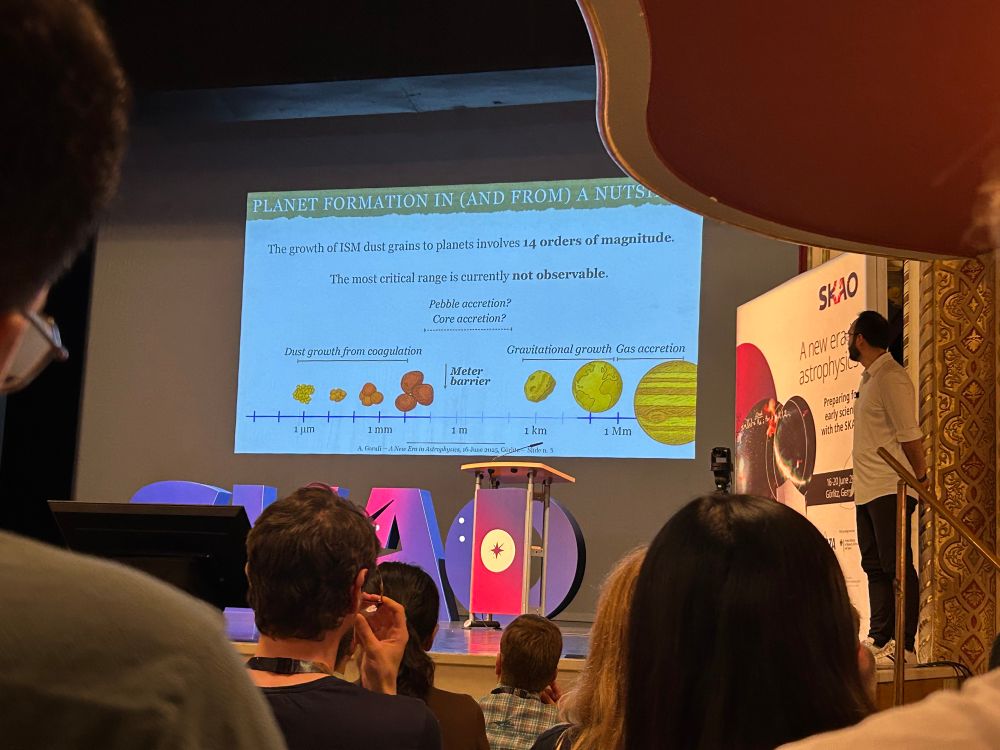
Interesting paper addressing taxonomy and definitions regarding planets, beyond the -arguably problematic- IAU definition.

Interesting paper addressing taxonomy and definitions regarding planets, beyond the -arguably problematic- IAU definition.
I don't think I've been to an astronomy conference with so few Chileans.


I don't think I've been to an astronomy conference with so few Chileans.



Núcleo Milenio YEMS

Núcleo Milenio YEMS

🐂🥏📡
arxiv.org/abs/2501.11686

🐂🥏📡
arxiv.org/abs/2501.11686


FU Ori keeps delivering amazing discoveries after >80 years of activity.
science.nasa.gov/missions/hub...

FU Ori keeps delivering amazing discoveries after >80 years of activity.
science.nasa.gov/missions/hub...
Initial tests with Rubin's test camera, ComCam, showed the telescope was already nearly aligned before even looking at the sky — a testament to decades of work! 🔭🧪
🧵

Initial tests with Rubin's test camera, ComCam, showed the telescope was already nearly aligned before even looking at the sky — a testament to decades of work! 🔭🧪
🧵
Beautiful piece on our latest discovery.
eos.org/articles/ast...

Beautiful piece on our latest discovery.
eos.org/articles/ast...









